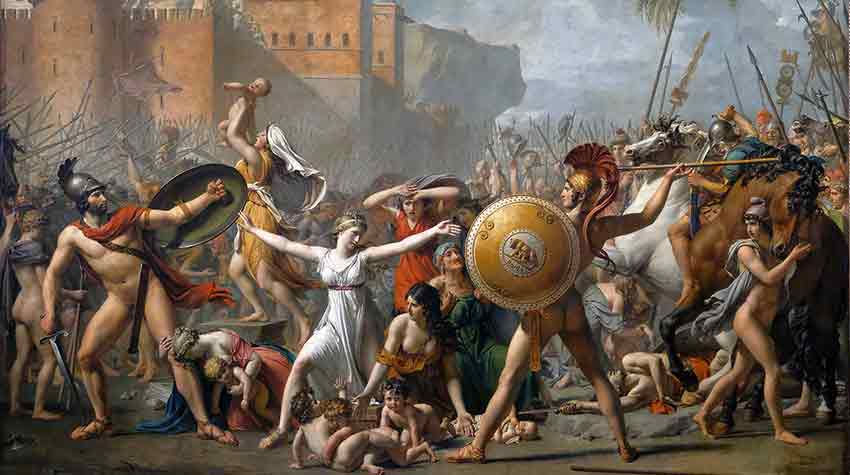Neoclassicism Movement and Neoclassical Paintings

Neoclassicism Movement
Neoclassicism is the name given to Western movement in decorative and visual arts, literature, theater, music and architecture, inspired by, classical art and classical ancient artwork. Neoclassicism was born in Rome in the mid-1st century, when Pompeii and Herculaneum were rediscovered. But its popularity has spread all over Europe thanks to European art students who have completed their journey with newly discovered Greco-Roman ideals and returned home from Italy. The main Neoclassical movement overlapped with the 18th century Age of Enlightenment, and then entered into competition with Romanticism and continued into the early 19th century.
In architecture, this style continued until the 19th, 20th and 21st centuries. European neoclassicism in visual arts began around 1760 against the dominant Baroque and Rococo styles. The rococo architecture emphasizes splendor, adornment and asymmetry, while the Neoclassical architecture is based on the principles of simplicity and symmetry from the 16th century Renaissance classicalism, which is seen in the virtues of Roman and Ancient Greek arts.
Every neoclassicism chooses some models among the possible classics and ignores others. Between 1765 and 1830, neoclassical writers and speakers, customers and collectors, artists and sculptors respected the idea of the Phidias generation. But what they embraced in the sculpture examples was probably the Roman copies of the Hellenistic sculptures.
They ignored both the Archaic Greek art and the Late Antiquity. The ancient Palmira’s art of ler Rococo “was revealed with engravings made by Woods’s The Ruins of Palmyra. Even Greece has not even been visited. The efforts of the neoclassicists to increase the value of Greek architecture were achieved through drawings and reliefs that were elegantly softened and organized.

NEOCLASSICAL PAINTINGS GALLERY

Labels: art movement
December 18, 2019
Return to List